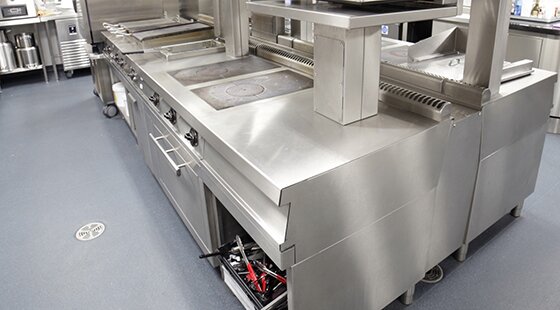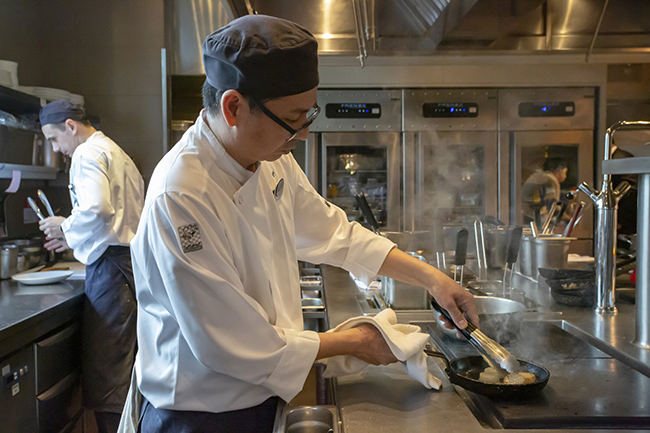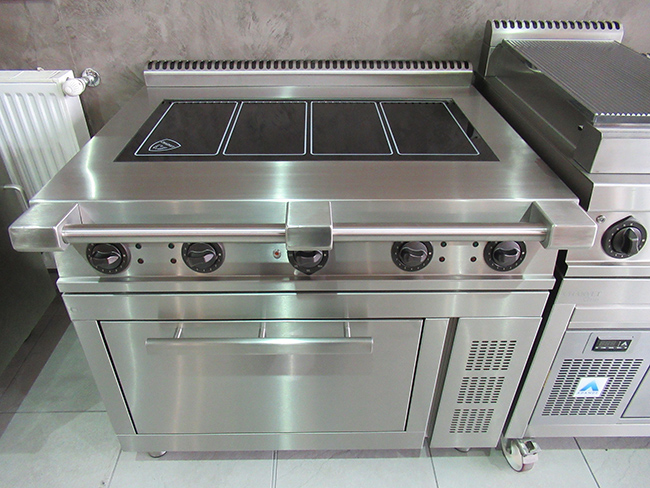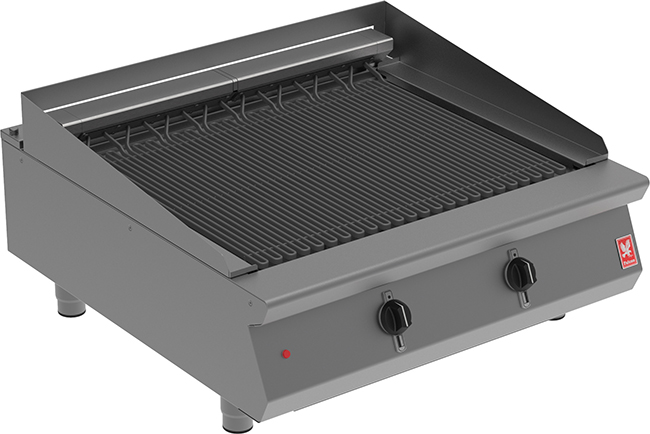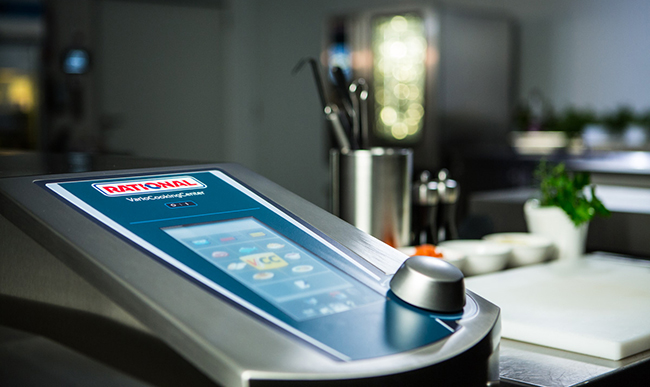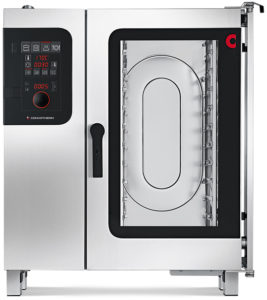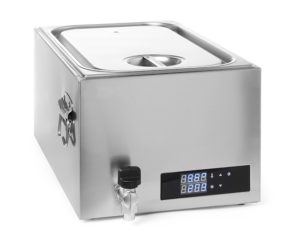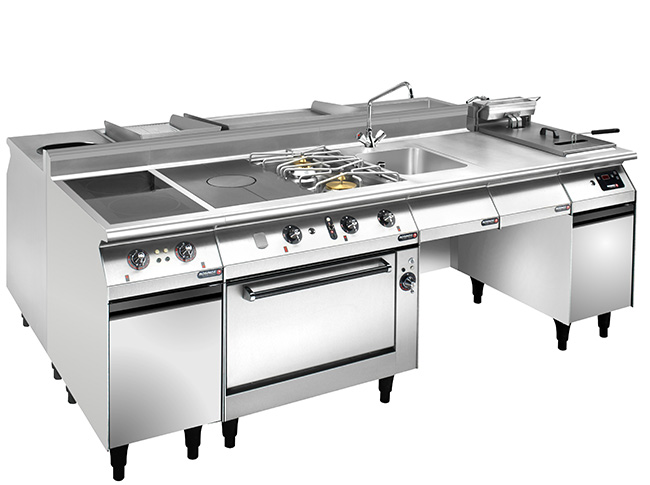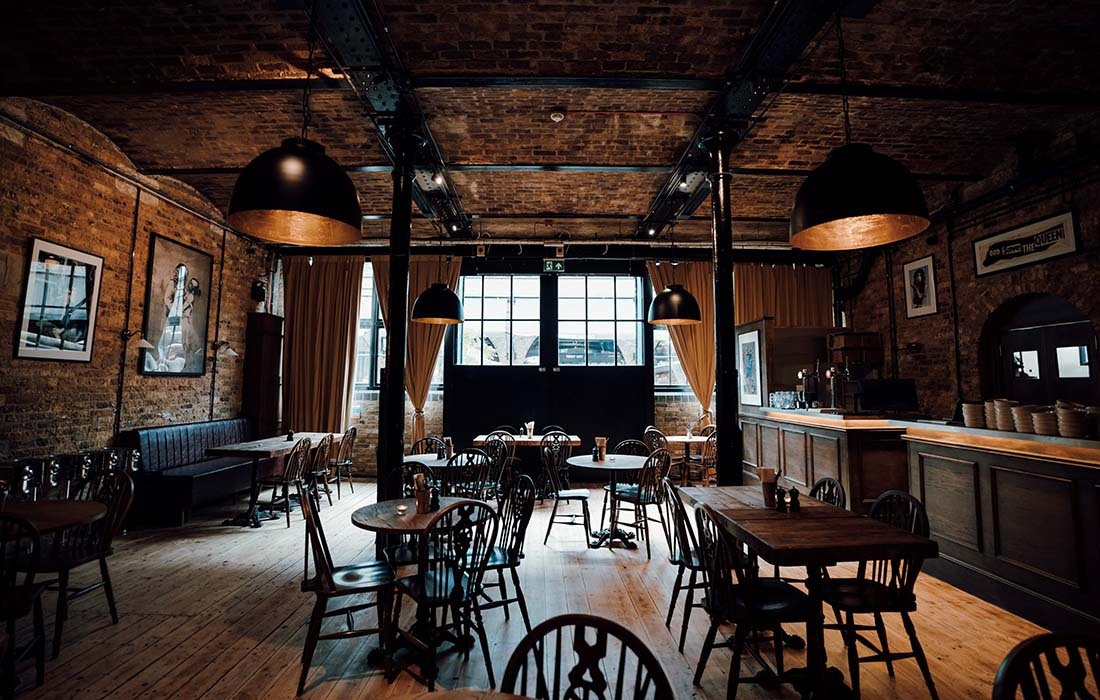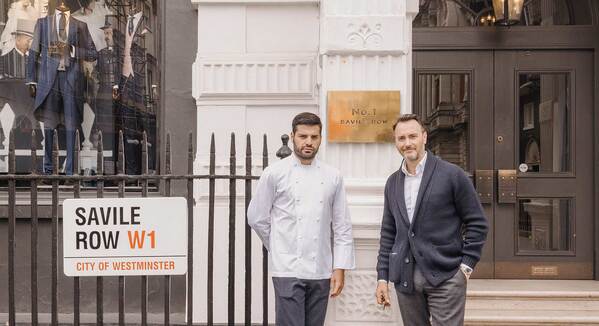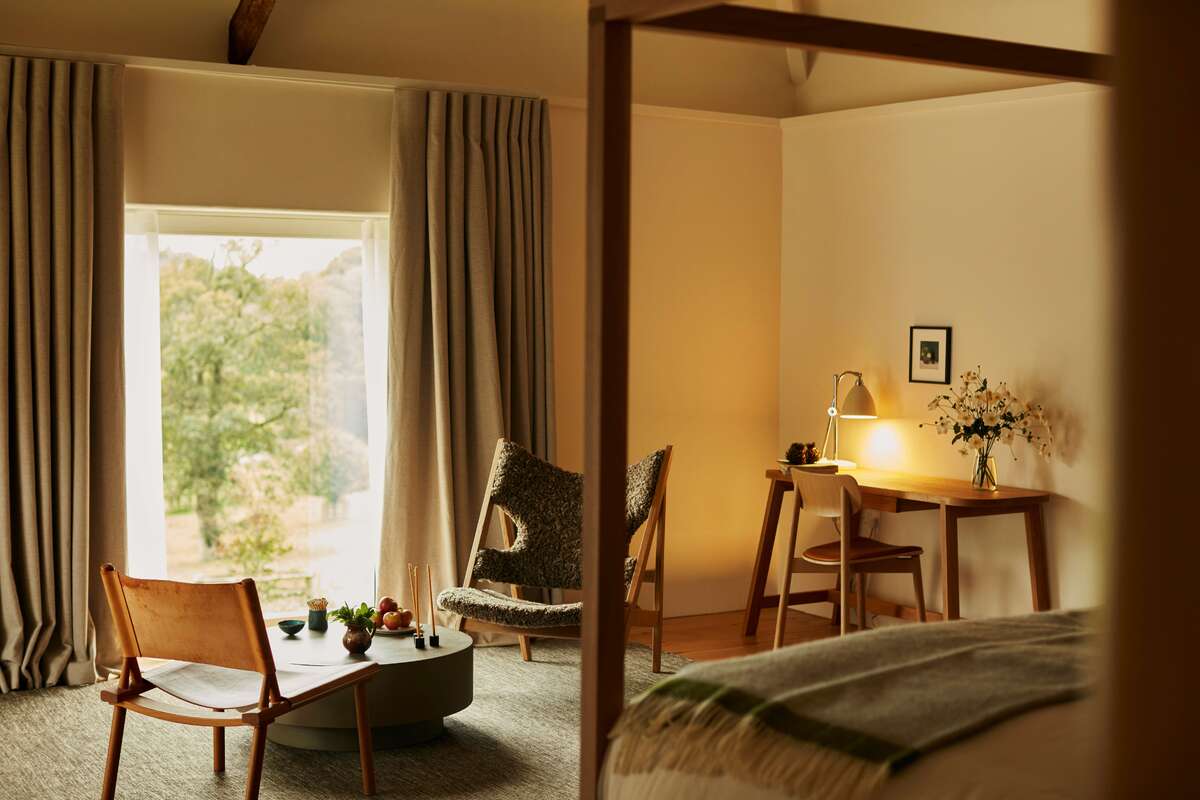Tools of the trade: prime cooking equipment
Out of the frying pan, into the multifunction combi… Richard McComb looks at new trends and space-saving designs in prime cooking equipment
Commercial kitchens are food production powerhouses, as well as test beds for innovation, and they rely heavily on a bewildering array of equipment that must tick the boxes for functionality, durability, cost and, increasingly, aesthetic appeal. New technologies are emerging all the time as manufacturers and operators respond to the demands of the market, where energy savings go hand in hand with the race to save space and maximise output.
So, amid the competing demands on prime cooking equipment, what are the emerging factors influencing purchasing decisions in 2019?
Reducing energy consumption, incorporating self-venting â" increasingly for equipment used front of house â" and multifunctionality top the list. Kit that assumes the role of several traditional appliances yet with a small footprint is in high demand, and explains the popularity of combi ovens and vario or flexi pans, as well as advanced bratt pans capable of several cooking processes, such as boiling, frying and griddling.
John Whitehouse, chair of the Catering Equipment Suppliers Association, also flags up the importance of connectivity, which can cuts costs, boost business efficiency, reduce downtime, maximise the lifespan of equipment and improve food quality.
âConnected appliances can be monitored and programmed from a central computer, tablet or smartphone. Some can have complex instructions programmed into them from just about anywhere,â says Whitehouse.
âParadoxically, another key trend in prime cooking equipment seems a million miles away from high-tech: the move to solid fuels. Wood and charcoal bring fabulous flavour to food and, for operators looking to stand out in the crowd, solid fuel delivers.â
The space race
The sectorâs very own âspace raceâ is informing buying decisions as kitchens face the big squeeze for fit-outs. âBusiness owners are looking to fit more bums on seats by maximising the dining area, and one prevalent way to do that is to steal some space from the kitchen,â adds Whitehouse. âTypically, itâs a 20:20 vision, where a 20% reduction in kitchen space needs to be matched with a 20% increase in kitchen production. In response to this conundrum, manufacturers have come up with innovative solutions, such as mini countertop cookers, slimline oven ranges and compact microwave ovens.â
Steve Hobbs, director of Grande Cuisine, believes chefs are taking more time to consult manufacturers and suppliers about each aspect of the cook suite/cook line. âAre they making best use of all the appliances? What about considering pieces of equipment that can perform different jobs at different times during the day?â says Hobbs.
The Plaque system in Grande Cuisineâs Athanor range requires fewer appliances. A traditional bespoke range might have a plancha or griddle, a solid top and gas burners, whereas the multifunctional Plaque combined with a radiant or induction hob can fulfil all functions. âAnd fewer appliances means less energy being used,â adds Hobbs.
Connectivity and digital solutions are central to the development of combi ovens. Eloma ovens, distributed by Certa Catering Equipment, offer data management software called ProConnect, which allows the user to manage combi steamers. There is wireless functionality with the optional interface available on the Genius MT.
âAccessories such as smokers and grill plates are adding even greater versatility to combi ovens,â says Certa director Dan Loria. âThese features reduce the need for numerous single-purpose machines. Used correctly, these accessories can add real value to a combi: they allow the chef to broaden the menu and serve dishes that offer a real point of difference. This is a benefit that is frequently overlooked by purchasers who are not chefs.â
Falcon Foodservice Equipmentâs new F900 chargrills, supplied as counter-top models or on fixed or mobile stands, are ideal for both back of house and front of house kitchens. As they are electric, they are ideal for sites where gas or solid fuel chargrills are not an option and are available in two sizes: the E9460 has a single element and a cooking area of 450mm by 590mm, while the two-element E9490 has a total cooking area of 730mm by 590mm.
Quality cuts costs
Simon Lohse, managing director of Rational UK, warns operators of the perils of snapping up âbargainâ prime cooking equipment to cut costs. âWhile business owners might be tempted to make savings in the short term, when considered over the lifetime of the equipment, those savings will be wiped out by increased running costs, downtime and repair,â says Lohse. âOffering chefs the most energy-efficient solution is increasingly a priority.â
The latest VarioCookingCenter achieves reported energy savings of up to 40% compared with conventional cooking appliances, and it cooks up to four times faster. The Vario-Boost heating system and increased cooking speeds deliver savings of 10% on raw ingredients and uses less water and oil. Offering a variety of cooking functions, the VarioCookingCenter takes up less space than a bank of separate appliances and offers savings on extraction systems.
Helen Applewhite, marketing manager of Lincat, points to the public pressure on operators to work sustainably. As a result, energy efficiency was key in the development of Lincatâs Phoenix induction oven range and electric salamander grill, and a collaboration with Synergy Grill incorporated energy-saving technology for a chargrill solution. âInstead of adding to the ever-growing number of fatbergs, the grill simply atomises the fat, thereby eradicating the need for fat trays,â says Applewhite.
The rapid cook TurboChef Sota, distributed by Taylor UK, has up to 256 programmes and is ideal for high-volume menu items such as breakfast sandwiches, pizzas, toasties and nachos. Designed with thermal efficiency in mind, the oven typically operates at 260°C to give fast heating and toasting results.
Taylor also has a new countertop fryer, the Fast Chef Elite, which is fully automatic, self-contained and requires no ventilation. Frying takes place in an enclosed chamber, which means the oil has very little exposure to oxygen and none to light, extending its lifespan.
FEM has recently launched the Vector F-Series multi-cook oven in the UK market. Featuring up to four oven chambers in one compact unit, the new F-Series offers the ability to combine chambers to cook taller items, such as large joints and poultry, and can cook twice as fast as a standard oven thanks to a Structured Air Technology feature. Each chamber is independently controlled and is ideal for cooking special diets such as vegan food at the same time as other food.
Self-ventilating equipment can boost the food offer in public sector settings, including the health service. The Princess of Wales Hospital in Bridgend introduced a Rieber Varithek cooking module to allow chefs to create themed menus and theatre cooking. Michael Jefferies, catering services manager, says: âWe use the Varithek for cooking stir-fries, chicken dishes, burgers and noodles at lunchtimes. Fried eggs in the morning is also going down a storm.â
Form follows function
The trend for open-plan kitchens is also influencing prime cooking equipment purchases, notably in higher-end establishments. Steve Morris, sales director at Jestic, which distributes Rosinox customisable cooking suites, says: âBusiness owners are increasing looking to put their kitchens on display to allow the customer to connect with the chefs and see their meal being prepared.
Suppliers
BGL Rieber www.bglrieber.co.uk
Catering Equipment Suppliersâ Association (CESA) www.cesa.org.uk
Certa Cooking Equipment www.certagroupltd.com/cooking-equipment
Charvet Premier Ranges www.charvet.co.uk
Falcon Food Service www.falconfoodservice.com
FEM www.fem.co.uk
Grande Cuisine www.grandecuisine.co.uk
Jestic www.jestic.co.uk
Lincat www.lincat.co.uk
Rational www.rational-online.com
Sous Vide Tools www.sousvidetools.com
Taylor UK www.taylor-company.co.uk
Welbilt UK www.welbilt.uk



